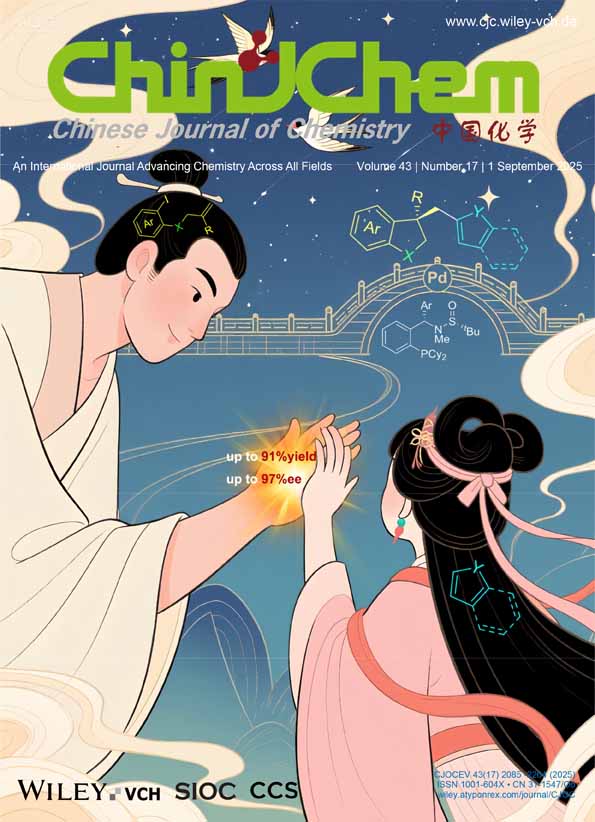Capillary zone electrophoresis with amperometric detection for composition analysis of laminarin
Abstract
The composition of laminarin was firstly determined by analyzing its hydrolysis monosaccharides with capillary zone electrophoresis-amperometric detection (CZE-AD). Under the selected optimum conditions, fucose, galactose, glucose, mannose and xylose, which are hydrolysis products of laminarin, could be perfectly separated within 20 min and showed significant current responses at copper electrodes. The linear ranges of fucose, galactose and glucose were from 1.0 ± 10–6 to 2.0 ± 10–4 mol ± L−1, those of mannose and xylose were from 5.0 ± 10–6 to 2.0 ± 10–4 mol ± L−1, and their detection limits were at 10–7mol ± L−1 level (S/N = 3). The molar ratio of fucose, galactose, glucose, mannose and xylose in laminarin was 10.5: 2.8:1.0:7.3: 3.4 and the purity of this polysaccharide leached by the introduced leaching method was 95.7%. Compared to usual UV-vis and other spectrometric methods, analyzing polysaccharide by this method has some merits of quickness, low-volume sampling, simple instrumentation, high sensitivity and high reproducibility.




